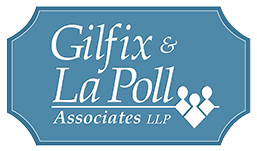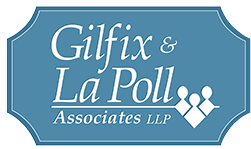A New York Times article by Alan Schwarz (December 15, 2013) explores the dramatic growth in diagnoses of Attention Deficit Hyperactivity Disorder (ADHD). His timely and revealing article explains the role the pharmaceutical industry has played in this phenomenon over the last twenty years. The pharma industry has been successful.
In 2002, there were well under $2 billion in the sales of prescription stimulants. In 2012, such sales approached $8.5 billion.
The Centers for Disease Control and Prevention reports that 15% of high school students now have this diagnosis and that the number of children on such medications has increased from 600,000 in 1990 to 3.5 million currently.
What is perhaps most striking is the loosened definition of ADHD. A child may be diagnosed if, for example, she “makes careless mistakes” or “often has difficulty waiting his or her turn.”
This means that there is a similarly striking increase in the number of children who are diagnosed with this disability and have a right to an Individualized Educational Plan (IEP).
The cost to school districts is enormous. They must pay for aides, special services, and sometimes private tuition in a specialized school if the mainstream educational system is not able to handle a severely disabled child. As a result, there are fewer resources for those who are most severely disabled.
If given a choice, every parent would choose a course of action that will allow a child to perform brilliantly.
One doctor who has published prolifically on this point, told Reuters Health: “If a child is brilliant but is doing just okay in school, that child may need treatment, which would result in their performing brilliantly at school.” The New York Times article quotes Dr. Joseph Biederman, a “prominent child psychiatrist at Harvard University in Massachusetts General Hospital.” Dr. Biederman’s research has been substantially funded by the pharmaceutical industry.
Today one in seven children is diagnosed with ADHD by the age of 18. Because the medical literature and pharmaceutical information indicates that one never graduates from this condition, it is a life long diagnosis.
The article points out that the drug industry is now targeting adults.
In 2012, the article points out that almost sixteen million prescriptions for ADHD medication were written for individuals between ages 20 and 39. This is triple the amount from just five years before.
Impact on Public Benefits, Social Services
The excellent and very lengthy New York Times article did not identify or explore the impact on our public benefits and social services systems. With an explosive growth in diagnoses, there has not been a comparable growth in funding for needed support services. The impact on income programs – SSDI and SSI – has not been explored. Yet, the impact is profound. Millions of adults are now receiving or seeking “disability” status so that they can receive government income benefits and Medicaid and/or Medicare as their health insurance programs. This places enormous fiscal strains on such income and health programs. Again, those who are severely and, some would say, legitimately disabled are now sharing limited resources with a dramatically expanded pool of public benefits recipients. The bottom line is that they receive fewer services and, inevitably, lower quality services.
To understand how loose, all inclusive, and arguably inappropriate this is, look at the New York Times article and take the online test that asks “whether you could have ADHD, too.” They reprint a web page of drug marketer Shire and its quiz that, in effect, encourages adults to believe they have or might have ADHD. The New York Times conducted a poll of 1,106 Americans. Almost half had a result of “ADHD possible” or “ADHD may be likely.”
The quiz asks, for example, “How often to you fidget or squirm your hands or feet while you have to sit down for a long time?” It asks, “When you have a task that requires a lot of thought, how often do avoid or delay getting started?” The other four questions identify behaviors that, arguably, the vast majority of us have on a daily basis.
I took the test. I scored 14, which means “ADHD may be likely.” I wonder what would have happened if, when I was in high school, I was given this test. Would I have been medicated? Would I have been as successful?
There is no doubt that millions of Americans have conditions that can be helpfully addressed by sport, counseling, and sometimes pharmaceutical assistance. The inescapable conclusion of the article – a conclusion reinforced by my experience – is that the pharmaceutical industry has been far too successful in generating millions of additional ADHD diagnoses. All of us are harmed as a result.

